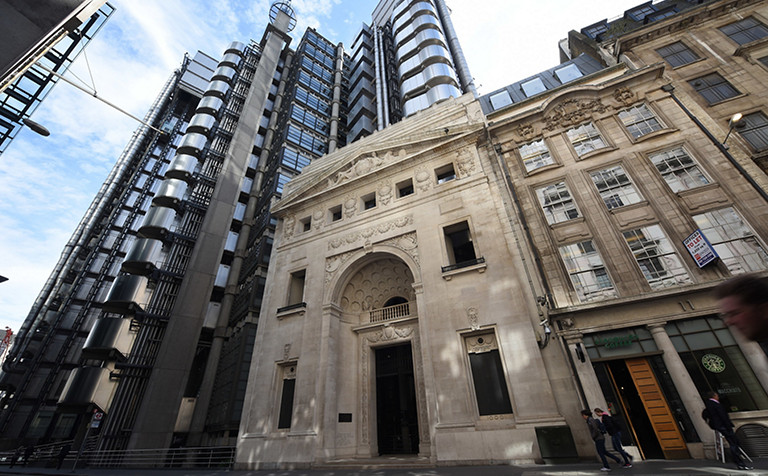
Raul Fernandez appointed DXC Technology President and CEO
“I am incredibly excited to continue working with our global DXC team and the Board to execute upon our existing growth strategy as we deliver value for our shareholders and clients.”
“We value DXC as a partner that can offer high quality technology services in Japan and all over the world. We look forward to receiving support for our business and for implementing more flexible and highly productive modern workplaces as we expand globally.”
— Masateru Takakuwa
Global Digital Platform Division, Nissan



